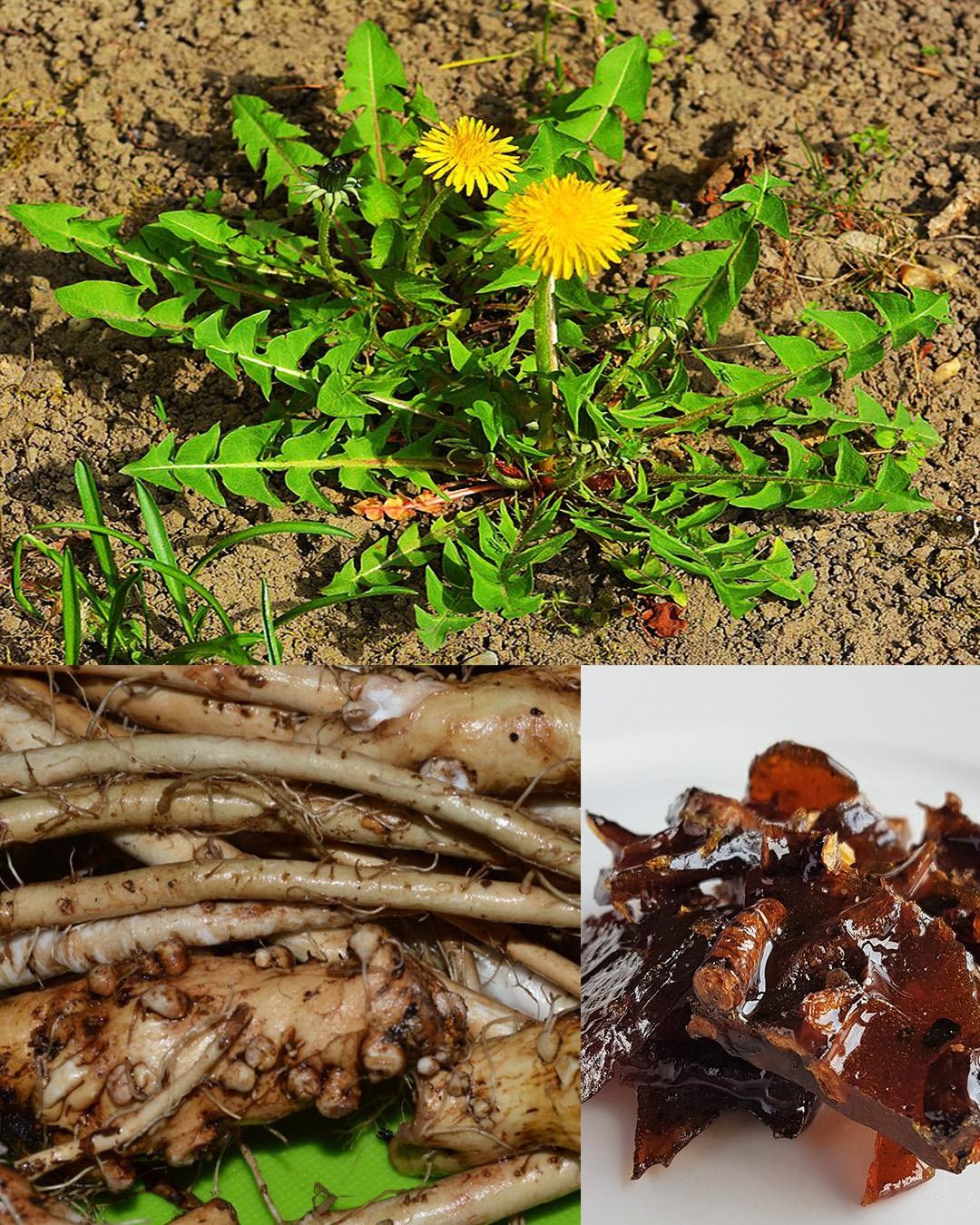Supports bile production
Assists in fat digestion
May help protect liver cells from oxidative stress
Studies suggest dandelion root extract increases the activity of detoxifying enzymes and may protect liver tissue from chemical damage.
2. Improved Digestion
The bitter compounds in dandelion root stimulate appetite, gastric secretions, and intestinal motility. It acts as a gentle digestive bitter, often taken before meals to support digestion and reduce bloating.
Encourages hydrochloric acid production
Enhances nutrient absorption
Relieves occasional constipation
3. Prebiotic Power for Gut Health
Dandelion root is rich in inulin, a soluble fiber that serves as food for beneficial gut bacteria. This promotes:
Better digestion
Improved immune function
Balanced microbiome
Inulin also supports regularity and may help manage blood sugar spikes after meals.
4. Natural Diuretic
Unlike pharmaceutical diuretics that can deplete potassium, dandelion root gently promotes urine flow without harming electrolyte balance. It supports kidney function and may help reduce fluid retention.
Encourages detox through the kidneys
Supports urinary tract health
Reduces mild puffiness or bloating
5. Blood Sugar and Cholesterol Balance
Some studies show dandelion root extract may help regulate blood sugar and insulin sensitivity. It can also support cholesterol metabolism thanks to its antioxidant and fiber content.
May reduce LDL (“bad”) cholesterol
Helps stabilize blood glucose
Supports metabolic health in diabetics and pre-diabetics
6. Anti-Cancer Properties
Emerging research suggests dandelion root extract has promising anti-cancer potential, particularly against leukemia and melanoma cells.
Its compounds appear to induce apoptosis (programmed cell death) in cancerous cells without harming healthy cells.
While more research is needed, this is a growing area of scientific interest.
Traditional Uses of Dandelion Root Around the World
Across cultures, dandelion root has played a central role in herbal healing:
Traditional Chinese Medicine (TCM): Used to clear heat, support liver health, and relieve inflammation
Ayurveda: Known as a cooling herb to cleanse the liver and blood
Native American Medicine: Used for digestive issues and kidney problems
European Herbalism: Used as a spring tonic to cleanse the body and stimulate digestion
How to Harvest Dandelion Roots
You can buy dried dandelion root at herbal stores, but if you’re harvesting your own, here’s how to do it safely and sustainably:
When to Harvest:
Best in fall or early spring when inulin content is highest
Choose plants away from roads or pesticide-treated areas
Tools Needed:
A garden fork or hori hori knife
Gloves
Bucket or basket
Cold water for rinsing
How to Harvest:
Loosen the soil around the base of the plant.
Gently pull up the entire root.
Shake off excess dirt and rinse well.
Cleaning and Preparing Fresh Dandelion Roots
Scrub thoroughly under running water.
Trim off any thin lateral roots or damaged sections.
Use fresh, or slice and dehydrate for long-term storage.
Dehydrated roots can be ground into powder, made into tea, or used in tinctures and capsules.
7 Ways to Use Dandelion Root
Once harvested or purchased, dandelion roots can be used in a variety of forms to support health and wellness.
1. Dandelion Root Tea (Decoction)
This is one of the most popular ways to enjoy the benefits.
How to Make:
1–2 teaspoons of dried, chopped root
1.5 cups water
Simmer for 15–20 minutes, then strain
Drink 1–2 cups daily for digestive or liver support. The taste is earthy and slightly bitter – ideal before meals.
2. Roasted Dandelion Root Coffee
Roasting gives dandelion root a rich, nutty flavor that mimics coffee without caffeine.
SEE NEXT PAGE
ADVERTISEMENT
ADVERTISEMENT

